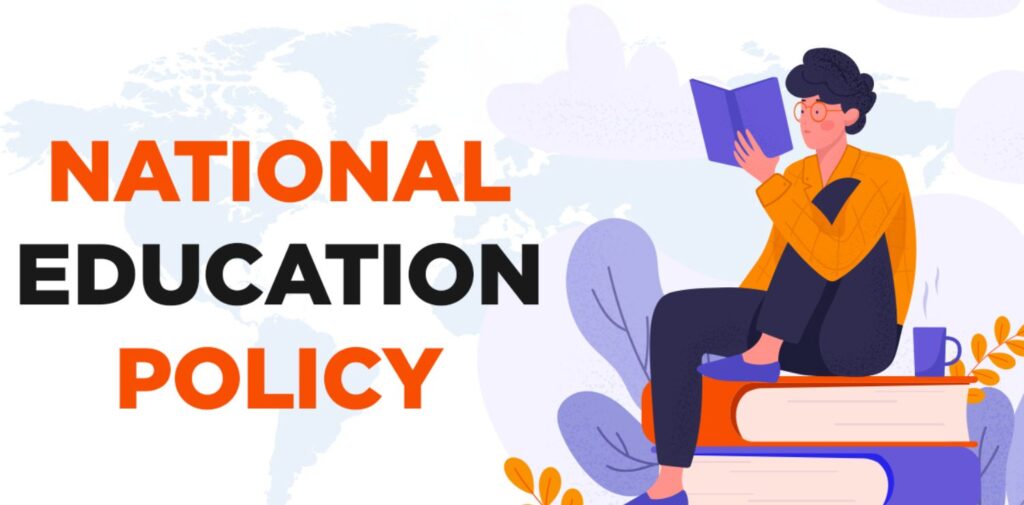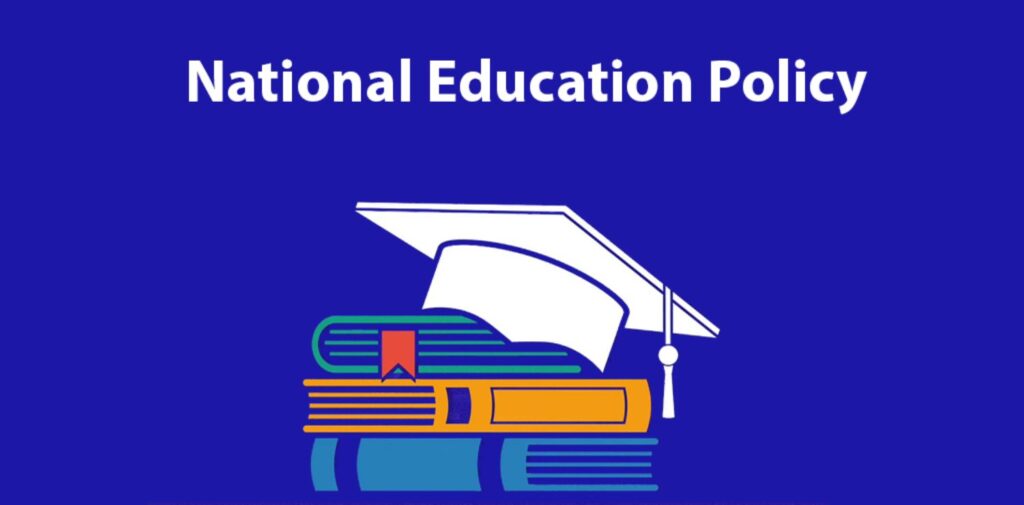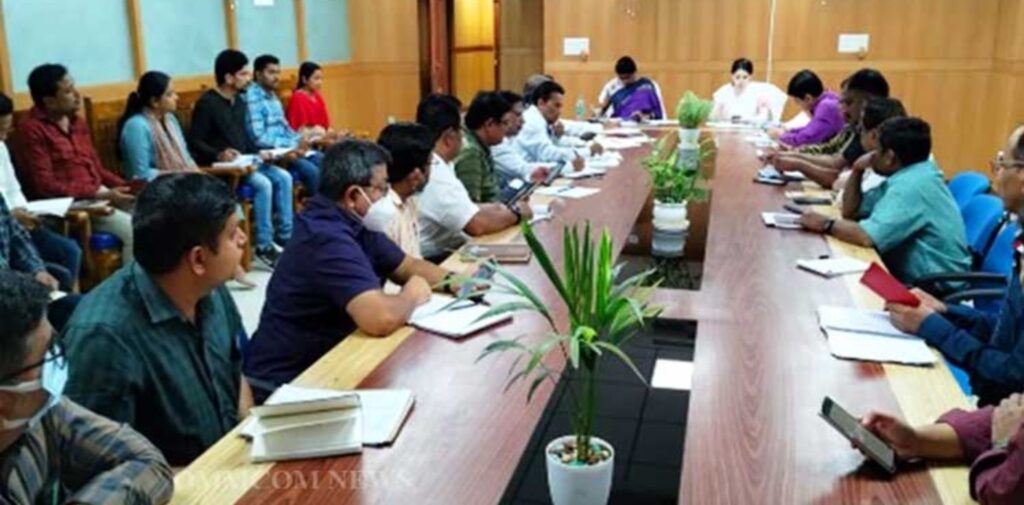Education is the foundation of a country’s progress. In India, education has always been a priority, but for a long time, the system was outdated and needed change. The National Education Policy (NEP) 2020 is a bold and fresh step toward improving the education system in India. But the big question is: Are we ready for it?
In this article, we will explore the new National Education Policy, what it means for India, and whether we are truly ready to embrace these changes.
What is the National Education Policy (NEP)?
The National Education Policy (NEP) is a set of guidelines created by the government to improve education in the country. India has had various education policies before, but the NEP 2020 is the most recent and aims to make the system more modern, inclusive, and flexible. This policy replaces the old one that had been in place since 1986.
The NEP 2020 promises to make several changes to the way we learn and teach. It focuses on bringing better quality education to students, no matter where they live, and ensuring that everyone has an equal opportunity to succeed.

Key Changes in the New National Education Policy
Let’s take a look at some of the main features of the new policy.
- Holistic Education for All: The NEP aims to provide education that is not just about textbooks and exams, but about the overall development of students. This means learning will focus on creativity, critical thinking, and problem-solving skills. It also emphasizes the importance of physical and emotional development along with academics.
- Flexibility in Choosing Subjects: One of the biggest changes is that students will have more freedom to choose the subjects they want to study. In the past, students had to follow a strict path and choose between streams like science, arts, or commerce. But under the new policy, students can mix and match subjects. This means a student who loves science can also learn about history or music without any restrictions.
- Focus on Early Childhood Education: The NEP also recognizes the importance of early childhood education. It suggests that children between the ages of 3 to 6 should be provided with foundational education. This is important because the early years of a child’s life are when they learn the most and develop basic skills. This will help prepare them better for the future.
- Use of Technology in Education: The new policy also emphasizes the use of technology in learning. With the internet, smartphones, and computers, technology has become a big part of our lives. The NEP encourages the use of digital tools to make learning more interactive and fun. It also aims to improve the use of online learning platforms to reach students in remote areas who might not have access to good schools.
- Multilingualism and Local Languages: Another important feature of the NEP is its focus on multilingual education. The policy encourages schools to teach in at least two or three languages, with an emphasis on the mother tongue or local language. This helps children understand subjects better and connects them with their culture.
- Teacher Training and Development: Teachers play a huge role in shaping a student’s future. The NEP aims to improve teacher training and ensure that teachers are well-equipped with the skills they need to teach in today’s world. It encourages regular professional development for teachers so they can stay updated on new methods and technologies in teaching.
- New Assessment Methods: The policy also focuses on making assessments more meaningful. Instead of the old system of rote learning and exams, students will be assessed on their understanding of concepts and their ability to apply what they’ve learned. The aim is to reduce the stress caused by exams and instead encourage a more holistic and practical learning experience.

Is India Ready for the NEP?
While the NEP sounds great on paper, the big question is whether India is ready to implement it effectively. Let’s look at some challenges and opportunities.
Infrastructure and Resources
One of the biggest challenges India faces is the lack of proper infrastructure in many schools. There are still many schools, especially in rural areas, that do not have enough classrooms, teachers, or basic facilities like electricity and clean water. Without proper infrastructure, it will be difficult to implement the new policy.
However, the NEP aims to address this by encouraging more investment in school infrastructure. If the government can allocate enough resources to build and improve schools, this problem can be overcome.
Teacher Training and Support
Teachers are the backbone of the education system. The NEP emphasizes the need for continuous teacher training, but India already faces a shortage of trained teachers. Many teachers, especially in remote areas, lack access to proper professional development programs. This is something that needs to change for the NEP to succeed.
The government will need to create training programs, workshops, and online resources for teachers to improve their skills. If teachers are well-trained, they can help implement the policy effectively.
Access to Technology
In many parts of India, especially in rural and remote areas, access to technology remains a challenge. Not every child has a computer or smartphone, and not all schools have access to the internet. The NEP encourages the use of technology, but if it’s not available to all, it will create a digital divide between different regions.
To make sure all students benefit, the government will need to invest in better internet infrastructure and provide affordable devices to schools. This will ensure that technology is used to enhance learning for everyone, not just those who can afford it.
Changing Mindset of Parents and Society
In India, many parents still have a traditional mindset when it comes to education. They believe that science or engineering is the best path for their children, and other subjects like arts or music are not as valuable. The NEP encourages a more flexible approach, but changing people’s attitudes will take time.
There needs to be more awareness about the value of diverse subjects and the importance of creative and critical thinking. Parents, teachers, and society at large will have to work together to help students explore different fields and not be restricted by outdated views.

Implementation at the Ground Level
The NEP is a large and ambitious plan. While it’s a step in the right direction, implementing it at the ground level is going to be a challenge. States and local governments will need to adapt the policy to suit their specific needs and contexts. There will also be a need for constant monitoring and feedback to make sure the policy is being followed correctly.
But this is also an opportunity. If the government and educational institutions work together, we can ensure that the NEP reaches every student and every classroom.
Conclusion: A Bright Future Ahead?
The National Education Policy 2020 offers a fresh and exciting approach to education in India. It focuses on holistic development, flexibility, the use of technology, and teacher training. If implemented properly, the NEP has the potential to transform India’s education system and make it more inclusive and modern.
However, there are many challenges to overcome. India needs to invest in infrastructure, ensure access to technology, and improve teacher training. It will also require a change in mindset, both from parents and society, to embrace a more flexible and diverse approach to education.
While there are hurdles to cross, the NEP provides a roadmap for a better and brighter future for Indian students. With effort and commitment from everyone—government, teachers, students, and parents—India can be ready to make the most of this new education policy and build an education system that prepares students for the challenges of the future




